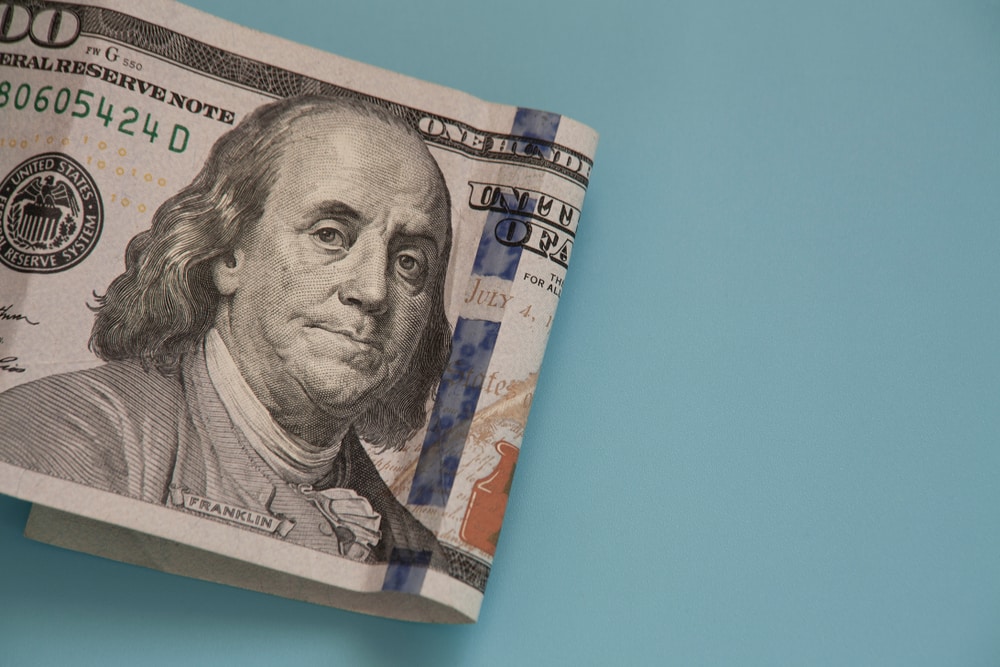
The US dollar was up and down in the foreign exchange markets on Monday – and there was some uncertainty about the domestic response to the developments in the US itself.
The US Senate, which is the upper house of Congress (the country’s legislative body), held debates over the weekend to attempt to thrash out a stimulus package in response to the coronavirus pandemic.
During debates on Sunday, it appeared that there would be no vote on the issue the following day due to serious divisions between the two major political parties in the country, the Republicans and the Democrats.
The plan is to spend $1tn US dollars – although the precise details can’t be agreed.
The Democratic Party is understood to be looking for a higher level of funding for medical services, as well as increased spending on devolved, local-level attempts to stem the flow of the pandemic’s tide.
This led to problems for some foreign exchange traders, who had been expecting a stimulus package from the government and had hence made trading decisions on that basis.
According to analysts, the dollar managed to still go up primarily because investors around the world want to convert investments into cash in order to meet tight spending obligations – and that the dollar was the currency of choice for this purpose.
The US is also facing severe lockdown regimes in many key areas.
It is understood that almost one in every three Americans have now been told to not leave home.
Around 420 people have been killed in the country as a result of coronavirus, which is also known as Covid 19. Around 33,000 have fallen ill.
One central banker in the country even predicted that unemployment levels could rise to 30% if no intervention was forthcoming.
The US dollar was up and down in its pair against the Japanese yen, which is a global safe haven currency due to Japan’s position as a major international creditor to other nations.
By the morning of Monday, however, the dollar was down by just over half a percentage point.
A similar fluctuation was spotted in the USD/EUR pair, where the greenback was in its highest-performing position since early 2017 at one stage.
It then slipped back down and reached 0.4% at one stage.
This took it to $1.0742 in its pair against the euro.
This was in part because a member of the Governing Council of the European Central Bank, Ignazio Visco, said that the bank would not hesitate to take more strides towards combatting the economic effects of the virus.
In its pair against the British pound, meanwhile, the dollar again saw fluctuations. It was down by 0.3% at one stage in this pair, reaching $1.1694 at one point.
It had, however, previously been noted at its best position in the pair since the year 1985 or even earlier – a statistic which indicates just how uncertain the market currently stands in the coronavirus age.
 Between 74-89% of CFD traders lose
Between 74-89% of CFD traders lose  Your capital is at risk
Your capital is at risk  Your capital is at risk
Your capital is at risk  Your capital is at risk
Your capital is at risk